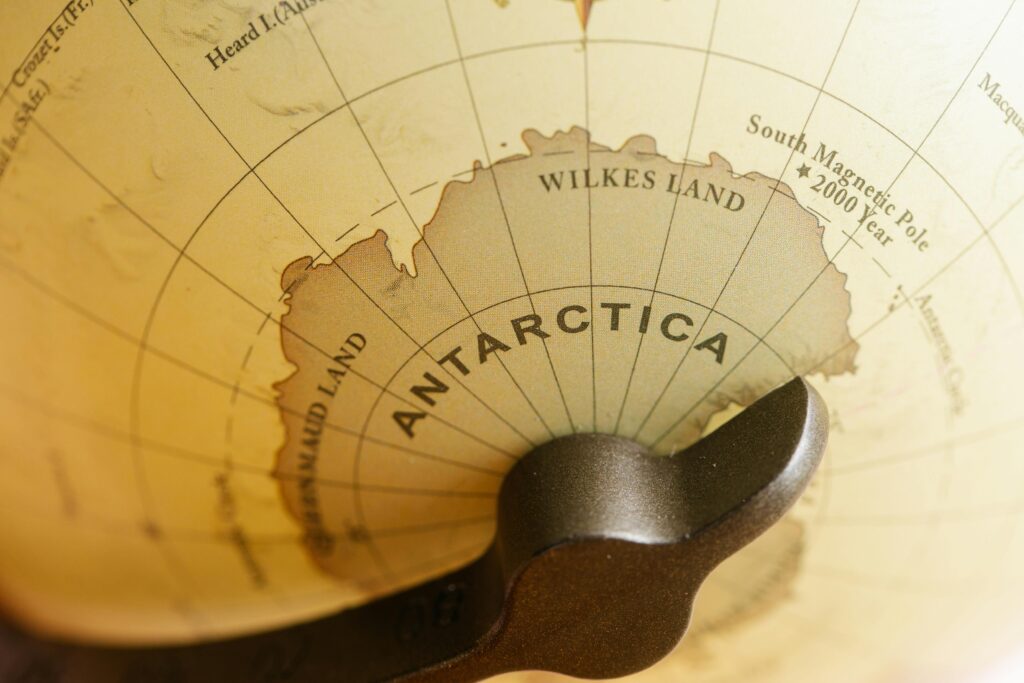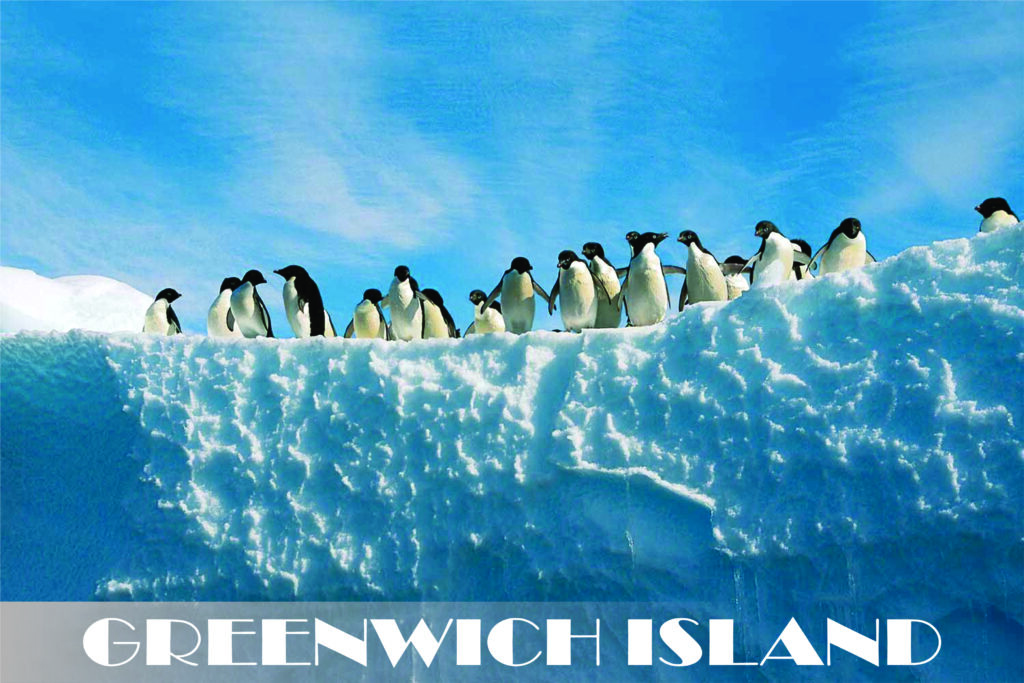|
Getting your Trinity Audio player ready...
|

The Antarctic Circle is an imaginary line at about 66.5 degrees south latitude. It marks the area around the South Pole where, for at least one day a year, there is nonstop daylight or darkness. Once only known to explorers and scientists, Antarctica has become a popular spot for daring tourists.
Its stunning scenery of icebergs and glaciers, varied wildlife like penguins and seals, and its untouched, remote environment make Antarctica a unique travel destination.
Crossing the Antarctic Circle is a significant achievement for many travelers, giving them a greater appreciation for one of the planet’s most extreme places.
Contents at a Glance
- 1 9 Things to Note When Crossing the Antarctic Circle
- 1.1 1. Extreme Weather Conditions
- 1.2 2. Strict Environmental Regulations
- 1.3 3. Limited Accessibility and Remote Location
- 1.4 4. The Importance of Guided Tours
- 1.5 5. Limited Communication and Connectivity
- 1.6 6. Physical Fitness Requirements
- 1.7 7. Pack Light but Wisely
- 1.8 8. Health and Safety Precautions
- 1.9 Frequently Asked Questions
- 1.10 What is the best time of the year to visit Antarctica?
- 1.11 Are Special Permits Required to Visit Antarctica?
- 1.12 What Wildlife Can Be Seen in Antarctica?
- 1.13
- 1.14 How to Prepare for the Rough Seas of the Drake Passage
- 1.15 What Activities Are Available for Tourists in Antarctica?
- 2 Conclusion – Important Things to Note Before Crossing The Antarctic Circle
9 Things to Note When Crossing the Antarctic Circle
1. Extreme Weather Conditions
Antarctica is the coldest, windiest desert on Earth. Even in summer, temperatures can drop far below freezing, and the wind can make it feel even colder.
To handle these harsh conditions, you need to pack the right clothing, like thermal layers, windproof and waterproof jackets, gloves, and hats.
Being properly prepared for the weather is vital for your safety and comfort, helping you enjoy your trip without worrying about hypothermia or frostbite.
2. Strict Environmental Regulations
Antarctica is a clean and untouched place with fragile ecosystems that are very sensitive to human activity. The Antarctic Treaty and other global agreements have strict rules to protect this fragile environment.
Tourists must follow guidelines like not disturbing the wildlife, not leaving any trash, and not taking anything from nature. These rules are essential to keep Antarctica’s ecosystem intact so future generations can enjoy its beauty too.
3. Limited Accessibility and Remote Location
Traveling to Antarctica is more challenging than visiting other places. It needs careful planning and usually involves long trips by sea or air. Most tourists get there on expedition cruises from South America, and the Drake Passage crossing is known to be very rough.
Knowing the logistics and possible challenges of getting to and traveling in Antarctica helps set realistic expectations and prepares you for a unique adventure.
4. The Importance of Guided Tours
Because of the tough environment and the need to reduce human impact, most trips to Antarctica are done through guided tours with experienced operators.
These guides know a lot about the local conditions, wildlife, and rules, making sure tourists have a safe and informative experience. Guided tours often include talks on Antarctic history, geology, and biology, which help visitors better understand and appreciate the area.
You may also like: Important Things to Pack When Going For Whale Watching In the Antarctic
5. Limited Communication and Connectivity
A major challenge of visiting Antarctica is the limited communication and internet access. Most expedition ships have satellite phones and basic internet, but the service is often slow and costly.
It’s important to let family and friends know about the limited contact and be ready for times with no communication. This isolation provides a chance to disconnect and fully enjoy the experience, but it also means you need to plan any necessary communication before and after the trip.
6. Physical Fitness Requirements
Exploring Antarctica usually includes physically demanding activities like hiking on uneven ground, getting in and out of Zodiac boats, and coping with the cold and wind.
While you don’t need to be an athlete, having a moderate level of fitness is helpful. It’s a good idea to do some physical preparation before the trip to make sure you can comfortably join in the activities.
You can check with your tour operator about specific fitness requirements and recommended exercises to get ready.
7. Pack Light but Wisely
Due to the limited storage space on expedition ships and the need to carry your gear for excursions, it’s important to pack smartly. Focus on necessary items like thermal clothing, waterproof layers, sturdy boots, and high-quality gloves and hats.
Also, pack personal items such as medications, sunblock (of course, the reflection off the ice can cause sunburn), sunglasses, and a good camera with extra batteries.
Lightweight, moisture-wicking clothing and layering are essential to staying warm and comfortable. Packing light but thoughtfully ensures you have everything you need without any burden from excessive luggage.
8. Health and Safety Precautions
Given its remote location and extreme conditions, health and safety are crucial when visiting Antarctica. Tourists should make sure they are in good health because medical facilities are limited and evacuations can be complicated and costly.
It’s also important to have comprehensive travel insurance that covers medical emergencies and evacuation. In addition, understanding and following safety protocols provided by tour operators can help prevent accidents and ensure a safe trip.
Frequently Asked Questions
-
What is the best time of the year to visit Antarctica?
The perfect time to visit Antarctica is during the Austral summer, from November to March, when temperatures are milder and there is more daylight for exploring and seeing wildlife.
-
Are Special Permits Required to Visit Antarctica?
Tourists don’t need special permits, but they must travel with a tour operator that follows the guidelines set by the International Association of Antarctica Tour Operators (IAATO) and the Antarctic Treaty.
-
What Wildlife Can Be Seen in Antarctica?
Visitors can expect to see various wildlife, including penguins, seals, whales, and seabirds. The specific species and their visibility depend on the time of year and location within Antarctica.
-
How to Prepare for the Rough Seas of the Drake Passage
To get ready for the Drake Passage, it’s wise to bring seasickness medication, follow your tour operator’s advice, and stay hydrated. The passage can be tough, but modern expedition ships are well-equipped to handle the conditions.
-
What Activities Are Available for Tourists in Antarctica?
Yes, tourists can enjoy various activities such as kayaking, hiking, wildlife watching, ice climbing, and even overnight camping on the ice, depending on the tour operator and weather conditions.
Conclusion – Important Things to Note Before Crossing The Antarctic Circle
Crossing the Antarctic Circle and exploring Antarctica is a unique and rewarding experience, offering a rare look at one of the most remote and untouched places on Earth.
By understanding the extreme weather, following environmental rules, preparing for travel challenges, and focusing on health and safety, travelers can have a safe and enriching journey.
Experienced tour operators help visitors appreciate the stunning landscapes, diverse wildlife, and the deep sense of isolation that makes Antarctica unforgettable.
As more people visit this icy frontier, it is crucial to approach the journey with respect and care, preserving the fragile environment for future adventurers.





I was suggested this web site by my cousin. I’m not sure whether this post is written by him as no one else know such detailed about my trouble. You are amazing! Thanks!